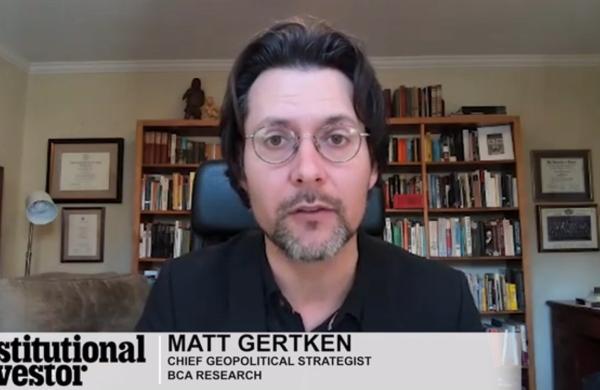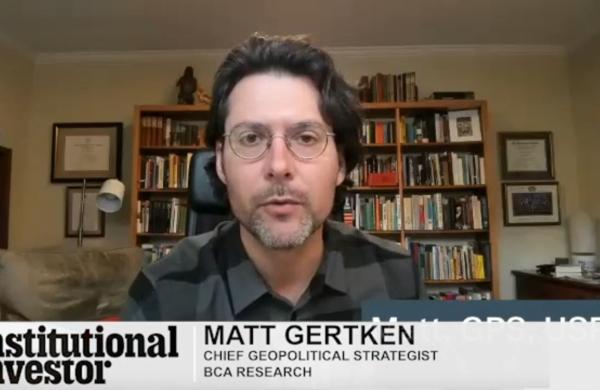Zurich tallies risks; UBS on TV; and more
By Jeffrey Kutler and Hal Lux
December 2001
Institutional Investor Magazine
Data way
Consulting firm Zurich IC2 can give potential clients a long-winded pitch about why they need to reduce their operational risk. Or it can just break out its database.
The database - a chronicle of financial misery - lists 20 years of operational and systems failures that have cost banks $300 billion. And that's a lowball number. "That information is based on publicly available data, and we know that the majority of these incidents never make it into the press," says Zurich IC2 CEO Wolfgang Friedel. "The real number may be three to ten times higher."
Out of such nightmares a thriving consulting business may emerge. Zurich IC2 - that's "intellectual capital squared" - opened in April to sell advisory services to bankers who, over the next few years, will have to calculate for the first time their exposure to operational risk to comply with new international capital requirements from the Basle Committee on Banking Supervision.
The September 11 attacks, of course, provided a horrifying lesson on the consequences of operational risk. "The definition of maximum losses, how they are measured and how they are protected against, has changed," says Friedel, a 30-year insurance industry veteran. "People will never go back to their old beliefs."
That means that Zurich IC2, a Boston-based subsidiary of Zurich Financial Services Group, will be dealing with some big numbers. The financial industry certainly accounts for a sizable share of the $70 billion or more in anticipated World Trade Center-related insurance claims, and that's just a start.
"In light of September 11, banks feel more pressure to solve their operational risk problems," observes Friedel. "They weren't able to recover from shutdowns and connectivity problems as quickly as their customers wanted them to."
More grist for the database. - Jeffrey Kutler
Camera angles
Home never felt so good. With the Federal Bureau of Investigation warning of the potential for more terrorist attacks and air travel snarled by security precautions, just about everyone is predicting that more business will get done via phone, Internet and the booming business of videoconferencing.
Companies specializing in videoconferencing and the related technology of Webcasting have already seen a surge in demand from the financial community. UBS Warburg, one of several Wall Street clients of interactive video technology supplier Avistar Communications Corp., increased its usage by 60 percent in September.
Even before September 11, virtual deal making was on the rise. "Growth has been significant all along," says Andrew Konchan, UBS's London-based executive director of e-commerce. "It's a major contributor to productivity and has definitely decreased travel costs." Some 1,100 UBS traders, analysts and others in 22 cities are wired for video. They use the system more than 40,000 times a month for client presentations and as a substitute for old-fashioned phone calls.
That's good news for companies like Avistar, whose shares doubled to $2.80 when the Nasdaq market reopened on September 17. Even so, the eight-year-old Redwood Shores, California, company sports a modest $65 million market capitalization and nine-month revenues of $13 million. Selling a patented broadband technology to corporations that want high-resolution quality at hundreds or thousands of desktops, Avistar remains a niche player alongside higher-profile Polycom ($3 billion market cap, $263 million in revenues through September 30) and WebEx Communications ($1.4 billion, $55 million).
Financial industry expense cuts contributed to a 45 percent drop in Avistar's third-quarter revenue, to $3 million. But the company is counting on a recently announced alliance with British Telecommunications' Syntegra unit to boost its presence on trading floors. - J.K.
Hard currency
Alternative trading systems have long since taken root in the stock and bond markets. Electronic communications networks, for example, now account for some 45 percent of trading in Nasdaq stocks. It's a different story in the foreign exchange market, where only 5 to 10 percent of the roughly $1.2 trillion in daily volume trades electronically - and where a crowd is gathering in hopes of automating the rest.
"FX is the largest marketplace in the world by many multiples, but it's made the least progress toward innovation," says David Ogg, founder and chief executive officer of Hotspot FXi.
Overshadowed by three bigger multidealer trading organizations - bank-owned consortia Atriax and FXall and venture-capital-funded Currenex - Hotspot got off the ground last January with a network enabling investors and corporations to trade currencies directly, with no intermediary dealers. Next month Watchung, New Jersey-based Hotspot will open a separate institutional trading platform. It is assured of some all-important liquidity, thanks to AIG International, a division of insurance giant American International Group, which has agreed to use the system actively and to offer counterparty credit guarantees to encourage the participation of smaller institutions, such as hedge funds.
"The system will offer true client-to-client trading," says Ogg, a former head of foreign exchange sales and trading at Dresdner Kleinwort Benson.
Ogg's funding came from Lugano, Switzerland-based venture capital firm ETF Group and Joe Lewis, who reportedly made a billion-dollar fortune as an independent trader. Ogg is betting that the market can use more than just one electronic trading venue. "I think it can definitely support the best trading platform," he asserts, referring to Hotspot, of course. - Hal Lux
The Thinker
Financial services isn't exactly brain surgery. But Dr. Mark Allen is hoping to make a killing rewiring some of the industry's thought processes.
After receiving a medical degree from the University of California at Los Angeles, Allen last year founded Corticon Technologies, a software company that aims to apply principles of artificial intelligence to finance and other data-intensive businesses. Explains Allen, "We need to make faster and better decisions in complex business environments that suffer from information overload."
Artificial intelligence is controversial in the business world; attempts to commercialize it have resulted in more misses than hits. But Allen is selling a modified approach that he calls knowledge automation, which seeks a balance between human and machine intelligence.
Allen, 32, got the itch at the UCLA Medical Center in the late 1990s while working on systems to support and speed emergency-room physicians' decision making. The technology seemed promising, but progress was slow, and Allen wanted to pursue commercial prospects elsewhere.
After more than a year of intense systems engineering work, San Mateo, California-based Corticon last April raised $4.4 million in a funding round led by American Century Investments' venture capital arm and Securitas Capital, which is owned by Swiss Reinsurance Co. and Credit Suisse Group. These strategic investors saw potential applications of the technology in money management and insurance claims processing. American Century, for example, is working with Corticon on a portfolio modeling and stock selection system. Strategists set rules and then let the program go to work. Though the overseers can jump back in at any time and make changes, the system, says Allen, "frees the people up to innovate, create new knowledge and find still better ways of doing things."
STW Fixed Income Management of Santa Barbara, California, went live last month with Corticon technology for compliance management. STW, which has $8 billion under management, says that the system so effectively keeps up with the pace and volatility of transactions that it virtually eliminates violations of allocation rules. And managers can tweak their rules on the fly, without calling and waiting on the technology department. "The key is that it is fully integrated in our system," says STW chief information officer Tony Plasil. "It's not a stand-alone compliance engine, which is always subject to delays."
Allen says that the compliance automation can lower STW's costs by $900,000 a year. Not bad medicine. - J.K.





